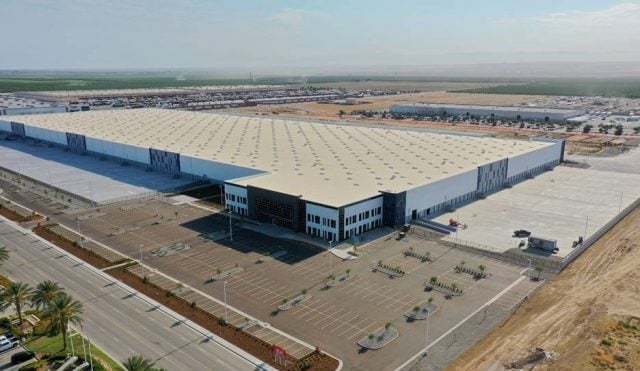IRVINE, CA—House hunters are increasingly demanding transparency into the true cost of owning or renting a home, which includes utility costs for those properties, UtilityScore's founder and CEO Brian Gitt tells GlobeSt.com. The national provider of utility data recently signed a data-licensing agreement with ATTOM Data Solutions, making the latter firm the exclusive bulk data provider of UtilityScore data.
This nationwide data, now available in the ATTOM Data Warehouse, includes annual and monthly electric bills, natural gas bills, and water/sewer bills, along with neighborhood-level utility costs.
We spoke exclusively with Gitt about the importance of utility costs in house hunters' home-buying decisions and trends in utility costs.
Recommended For You
Want to continue reading?
Become a Free ALM Digital Reader.
Once you are an ALM Digital Member, you’ll receive:
- Breaking commercial real estate news and analysis, on-site and via our newsletters and custom alerts
- Educational webcasts, white papers, and ebooks from industry thought leaders
- Critical coverage of the property casualty insurance and financial advisory markets on our other ALM sites, PropertyCasualty360 and ThinkAdvisor
Already have an account? Sign In Now
*May exclude premium content© 2025 ALM Global, LLC, All Rights Reserved. Request academic re-use from www.copyright.com. All other uses, submit a request to [email protected]. For more information visit Asset & Logo Licensing.









